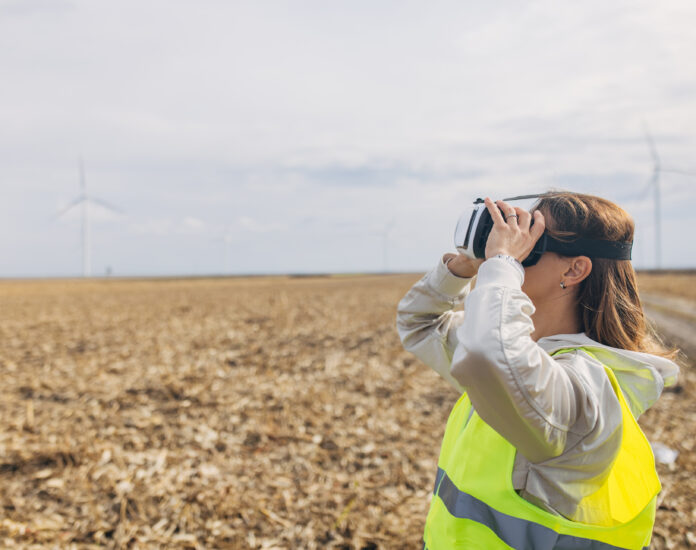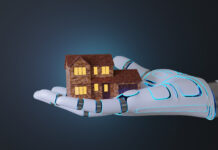
In the dynamic landscape of field service operations, where timely and efficient solutions are paramount, Augmented Reality (AR) emerges as a transformative force. The integration of AR in remote assistance has the potential to revolutionize field service operations by providing real-time support, enhancing collaboration, and optimizing problem-solving processes.
The Evolution of Field Service Operations
Traditionally, field service operations have grappled with challenges such as downtime, travel costs, and delays in issue resolution. Technicians dispatched to remote locations often face complex problems that require immediate attention, making the need for innovative solutions more pressing than ever.
The Role of Augmented Reality in Remote Assistance: 5 Benefits
1. Real-Time Visual Guidance
AR technology overlays digital information onto the real-world environment, offering technicians real-time visual guidance. Through AR-enabled devices such as smart glasses or mobile devices, technicians can receive step-by-step instructions, schematics, and relevant data directly within their field of view.
2. Enhanced Troubleshooting
AR empowers technicians to troubleshoot issues efficiently. By superimposing digital annotations on physical equipment, technicians can identify faulty components, follow diagnostic procedures, and access relevant documentation, all without the need for physical manuals.
3. Remote Collaboration
AR-enabled remote assistance facilitates collaboration between on-site technicians and experts located elsewhere. Experts can virtually “see” the situation through the technician’s perspective, guiding them in real-time and offering insights that expedite problem resolution.
4. Knowledge Transfer and Training
AR serves as a powerful tool for knowledge transfer and training. New technicians can leverage AR-guided instructions and simulations, accelerating the onboarding process and ensuring a consistent level of expertise across the workforce.
5. Reduced Downtime
The immediacy and accuracy of AR-assisted troubleshooting significantly reduce downtime. Technicians can address issues promptly, minimizing the impact on operations and enhancing overall equipment uptime.
Technical Components of AR-Enabled Remote Assistance
1. AR Devices
Smart Glasses: Lightweight, hands-free devices that overlay digital information onto the user’s field of view.
Mobile Devices: Smartphones and tablets equipped with AR applications for on-the-go assistance.
2. AR Software Platforms
AR software platforms provide the infrastructure for creating, managing, and delivering AR content. These platforms often include features like content authoring, remote collaboration, and analytics.
3. Integration with IoT
Integration with the Internet of Things (IoT) enables AR to access real-time data from connected devices. This integration enhances the accuracy and relevance of information provided during remote assistance.
4. Cloud Computing
Cloud-based AR solutions facilitate seamless data storage, sharing, and collaboration. Technicians can access up-to-date information and collaborate with experts in real-time.
AR Applications in Field Service
1. Manufacturing Equipment Maintenance
Technicians equipped with AR glasses received real-time instructions for maintaining complex manufacturing machinery, resulting in reduced downtime and increased operational efficiency.
2. Telecommunications Infrastructure Repair
AR-assisted remote collaboration enabled telecommunications technicians to troubleshoot and repair infrastructure issues more efficiently, minimizing service disruptions.
3. Healthcare Equipment Servicing
Field service technicians in healthcare utilized AR to access maintenance instructions and collaborate with experts during equipment servicing, ensuring compliance with regulatory standards.
Overcoming Challenges and Embracing the Future
While the benefits of AR in remote assistance for field service operations are evident, challenges such as network latency, device affordability, and data security must be addressed. As technology continues to advance, addressing these challenges becomes integral to unlocking the full potential of AR in field service.
In embracing the future of field service operations, organizations can harness the power of AR to create a connected, efficient, and collaborative environment. The marriage of augmented reality and remote assistance not only transforms how technicians approach problem-solving but also sets the stage for a new era of streamlined, technology-driven field service operations.




